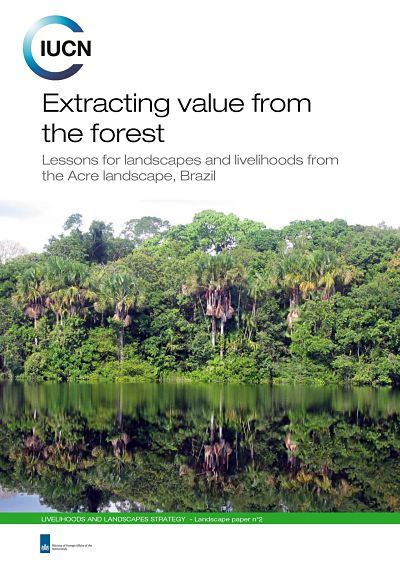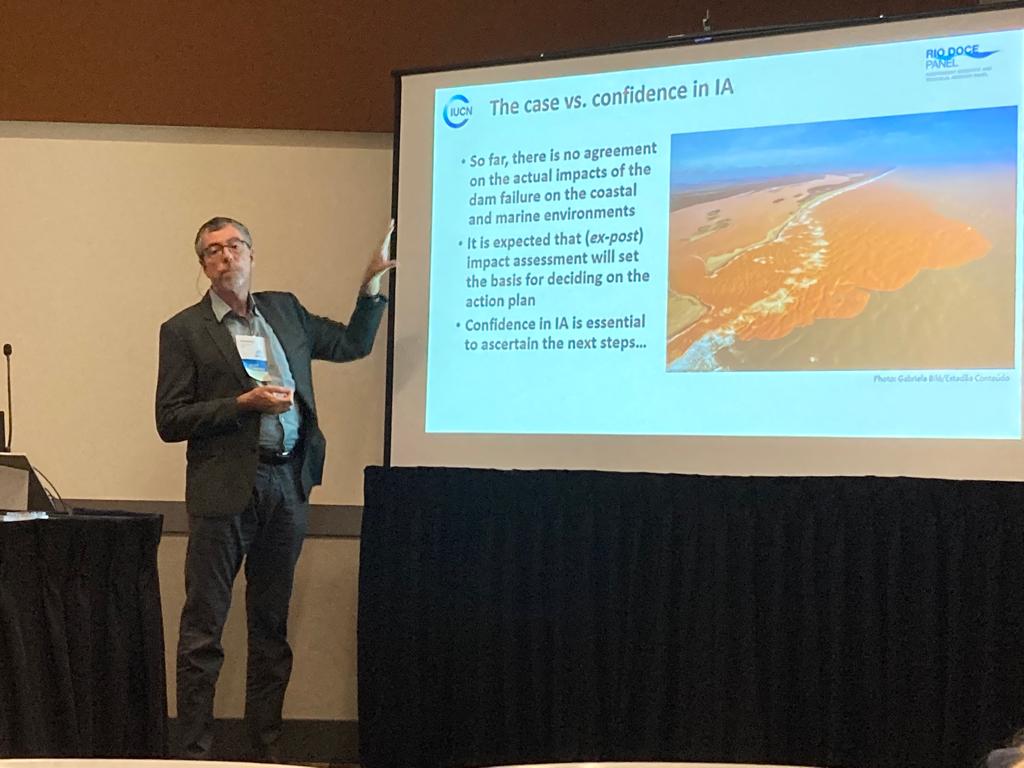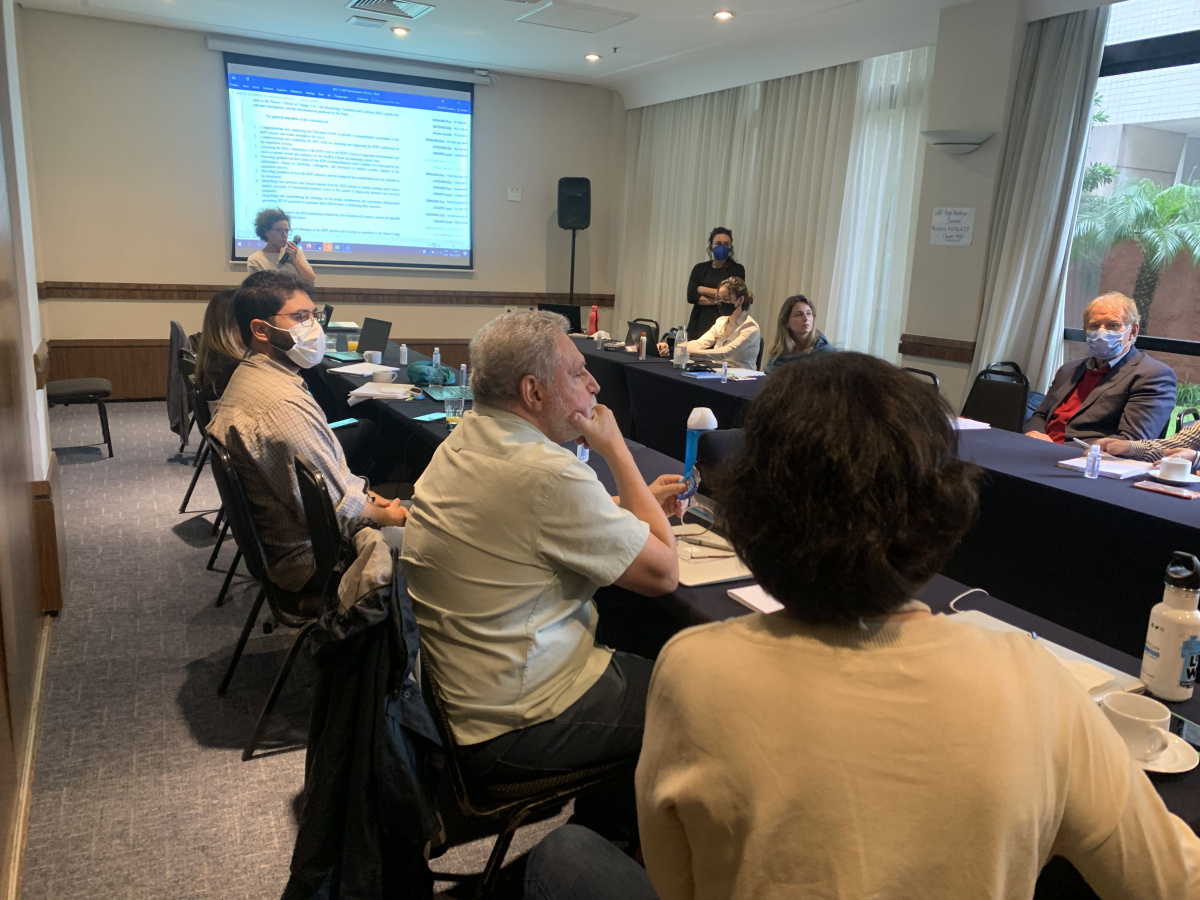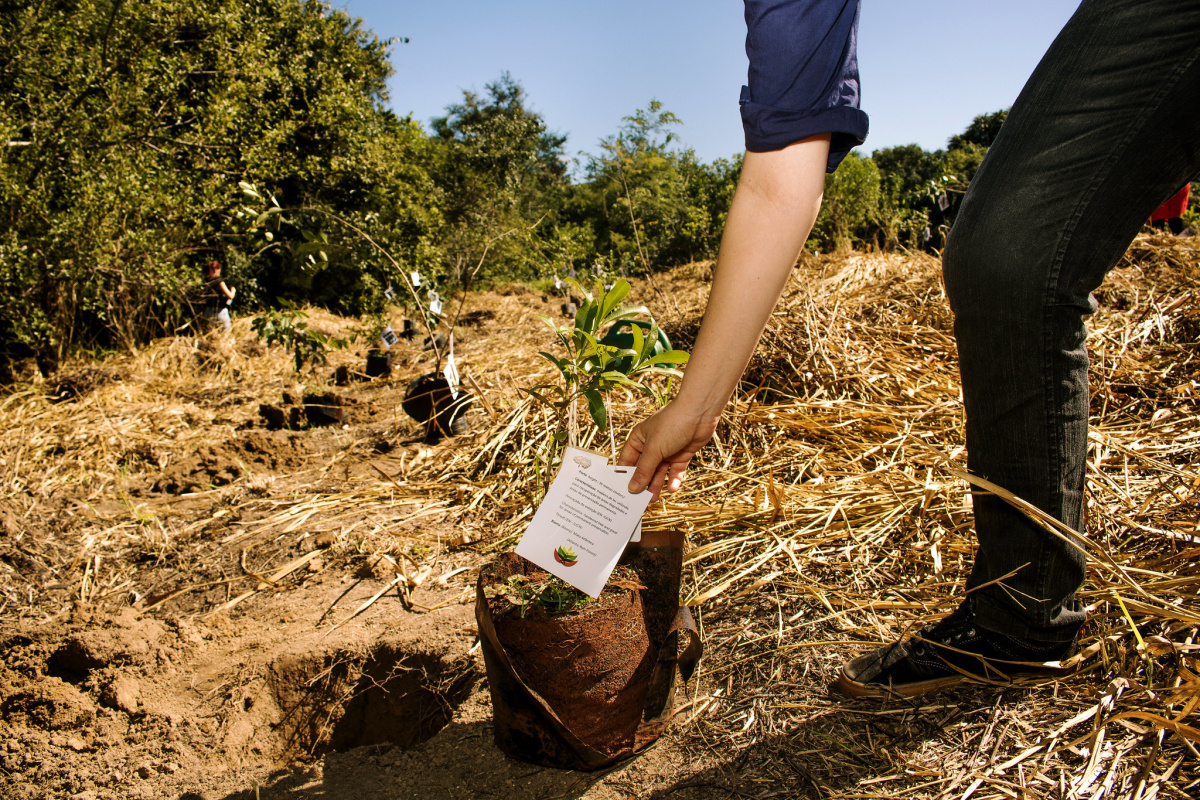Extracting value from the forest - Acre, Brazil
Originally important in the 19th century as a source of latex rubber, the region subsequently lost out following the rise of the Malaysian rubber industry. As a result, large swathes of the region’s forests were converted for farming and cattle ranching resulting in a loss of forest cover and related biodiversity. In the 20th century, following campaigns led by environmental activist, the late Chico Mendes, large areas were designated Extractive Reserves. Although this resulted in protection of the remaining forest, it did little to enhance the livelihoods of many of the forest-dwelling communities who remained very poor, largely because their land-tenure rights remained ill-defined and the small scale of their forestry-related activities meant that they were mainly confined to subsistence activities.

Photo: IUCN
This paper focuses on efforts to create value from non-timber forest products in the Acre region in the north-western part of the Amazon region in Brazil.
IUCN’s LLS project, which was initiated in 2007, sought to assist the forest-dwelling communities to create value from the extraction of non-timber forest products, specifically from wood, rubber, and Brazil nuts to enhance their livelihoods. It was also intended to demonstrate that values from extractive products could be a viable alternative to activities such as cattle ranching and farming.
Working with two local cooperatives, COOPERACRE and COOPERFLORESTA, to ensure optimum stakeholder engagement, the LLS project sought to:
- Support the development of community and local cooperatives that support the commercialization of timber and non-timber forest products, through enhanced communication, improved access to markets and better administration, and through the application of best practices (including different certification schemes).
- Improve participation of civil society in decision-making fora such as: i) Tripartite State Councils for forests, environment, science and technology and household production, and
ii) multi-stakeholderdialogues for value chains (Brazil nut, rubber and timber).
- Support landscape restoration through the programme to Increase Value of Forest Activities(Programa de Valorización de los Activos Forestales), an innovation of the state government of Acre.
Using a series of interventions developed through careful multi-stakeholder engagement, including communication and awareness-raising, the project has already succeeded in improving extractive activitiesin the forest reserves; enhancing the incomes and livelihoods of the forest-dependent communities through good practices that have resulted in surplus products that can be sold in the market place; and contributing to the conservation of the forest reserves.
The lessons learned from this project include:
- The importance of securing stakeholder engagement by working through already established groups, in this case COOPERFLORESTA and COOPERACRE;
- The need to distinguish between governance and governability to secure buy-in from local and national government authorities;
- The importance of designing multi-stakeholder goals and processes tailored to prevailing conditions and resources to define common goals and outcomes;
- The vital need for open dialogue, transparency and stakeholder inclusion at every stage of the project;
- The importance of designing good communications and information-sharing; and
- The importance of conflict-solving to ensure engagement and sustainability of the interventions.



